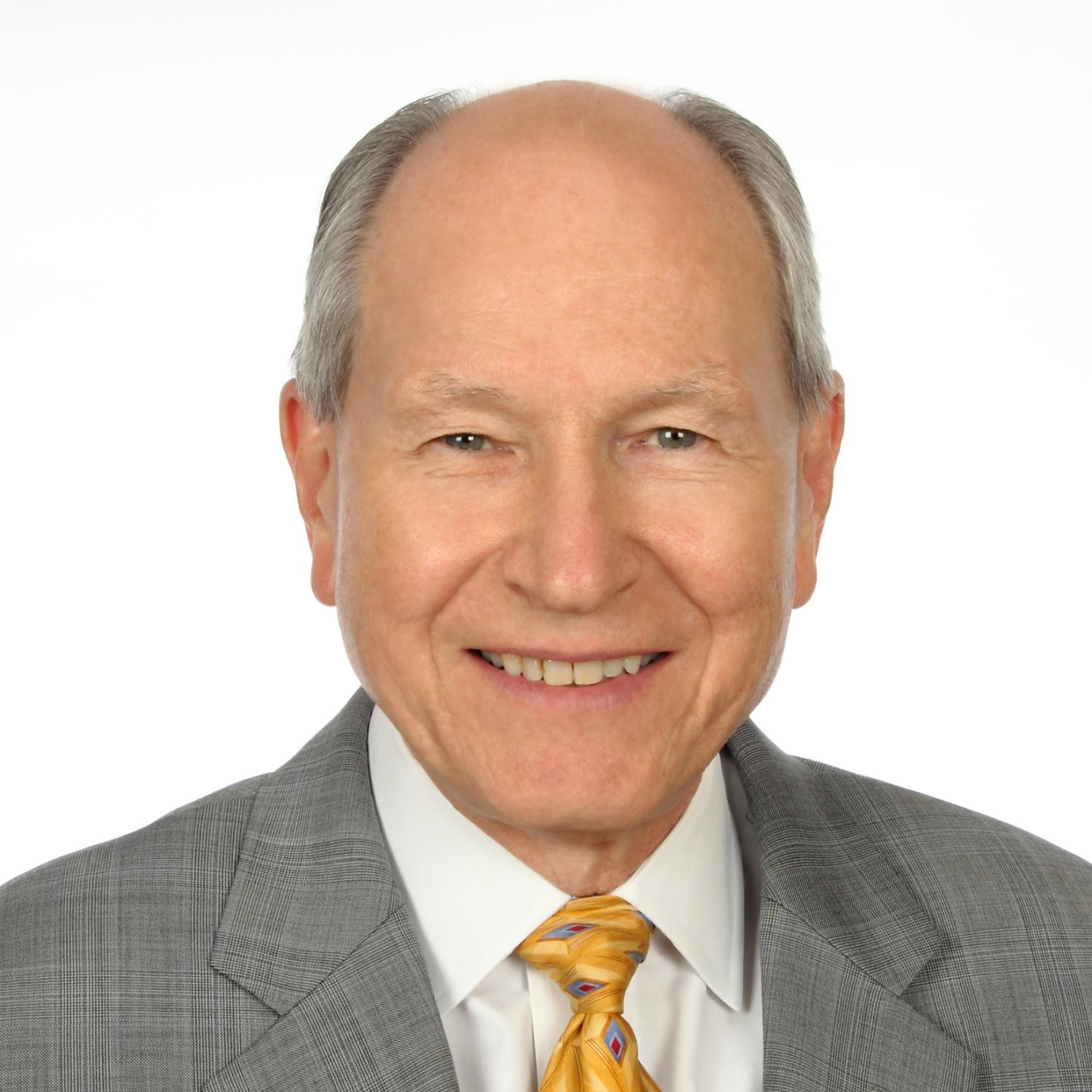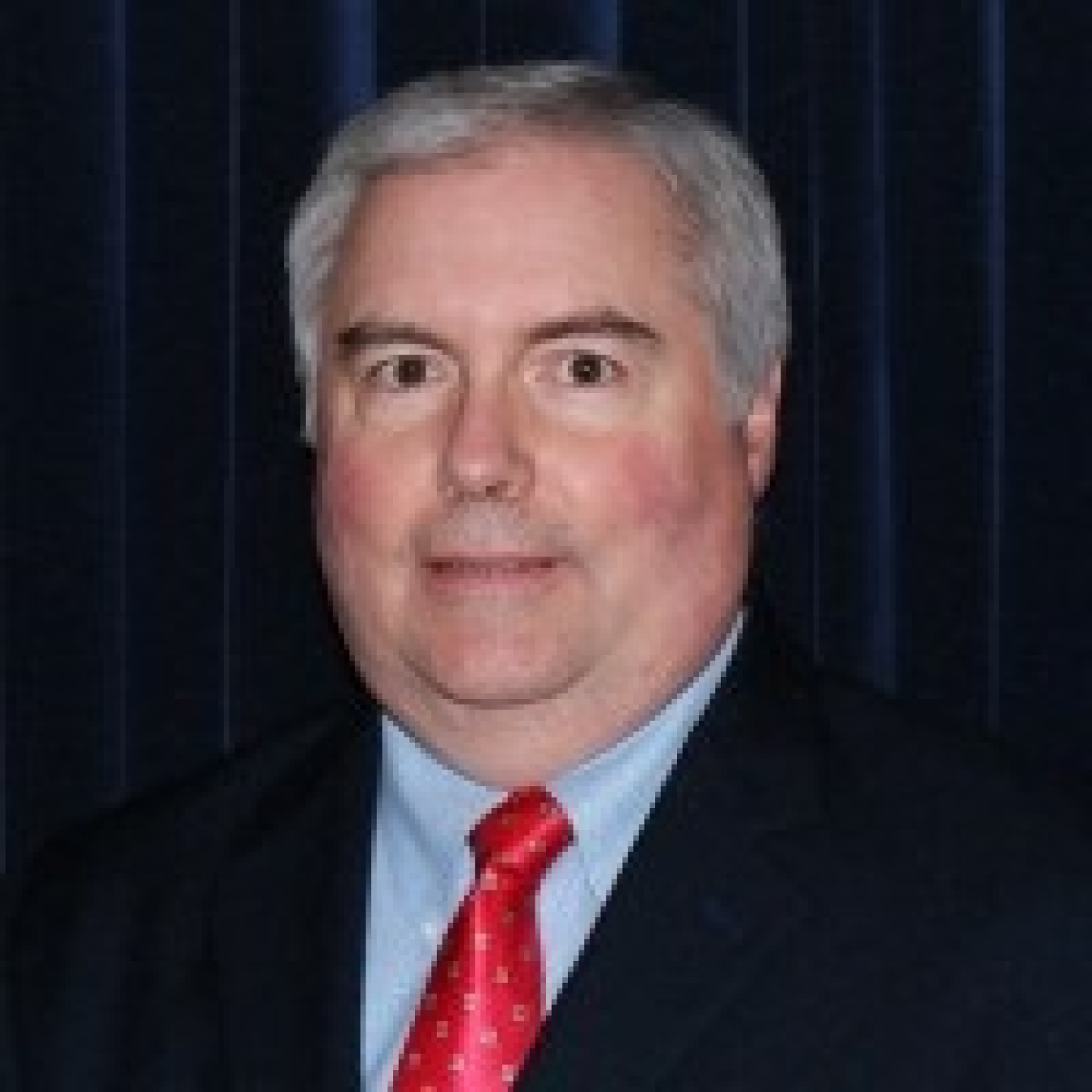EAC Member Spotlight Series #8 on Paul Cicio and Tom Weaver
February 4, 2021This summer, the U.S. Department of Energy (DOE) announced the new and returning members of the Electricity Advisory Committee (EAC), which advises DOE on electricity resilience, reliability, security, interdependency, and policy issues. In a new series of posts, we hear from the members of the EAC to learn more about their backgrounds, their predictions for the future of the electric grid, and their advice for young professionals in the energy space.
This week we are highlighting EAC members Paul Cicio of the Industrial Energy Consumers of America and Tom Weaver formerly of American Electric Power.
Paul Cicio, Industrial Energy Consumers of America (IECA)

Q: Why did you join the EAC? What made you want to become a committee member?
Electricity costs and reliability are very high priorities for manufacturing companies. The electricity sector is undergoing significant change and change is happening faster than ever before. Policies and technology are keys to market changes that can hopefully yield cost-effective and reliable electricity. The EAC works on both.
Q: Can you tell us about your professional journey that led you to the EAC? We’d love to know about your career. Tell us about your journey that’s gotten you to where you are today.
After college I worked for Dow Chemical for nearly 29 years in a wide variety of business areas that include plastics, organic chemicals, and in the hydrocarbons and energy business. My background in energy led me to an assignment representing Dow in Washington, D.C. on energy and environment matters, and which led to global assignments. During my time in D.C., I recognized that there was no organization to represent manufacturing companies exclusively on energy issues. As a result, after I retired from Dow, I started the IECA, which I have been leading for 18 years. IECA is the “Voice of the Industrial Energy Consumer” in D.C.
Q: What new developments excite you about the future of energy?
Thankfully, federal policy makers are generally taking a technology-neutral approach to new more environmentally friendly energy production and delivery technology. There are many technology solutions being researched at DOE, and I am hopeful that many will rise to commercial status. To achieve our collective sustainability goals, we need many irons in the fire because not all will be cost-effective.
Tom Weaver, American Electric Power (AEP)

Q: Can you tell us about your professional journey that led you to the EAC?
After graduating from West Virginia University, I started working at Kentucky Power, an operating company of AEP in 1978. I gained experience in distribution engineering, metering, communications, customer service, and system operations. In 2000, I transferred to the AEP Service Corporation and a newly created team to provide distribution planning services to the operating companies. I became more and more involved in development and implementation of smart grid technologies including automated circuit reconfiguration, volt-var optimization, and energy storage. I helped with the planning and implementation of the first NaS Battery Systems at AEP. I was active in the Electric Power Research Institute, and Edison Electric Institute. This participation allowed me to collaborate with researchers and peers across the industry. I have been an active member of the EAC since 2016. I retired from AEP in July 2020, but I stay active in the industry voluntarily through participation in the EAC and some IEEE Standard developments.
Q: What new developments excite you about the future of energy?
The development of distributed energy resource management systems (DERMS) excites me. While the initial drivers for the technology are to facilitate market functions for energy and capacity on the electric system, it is my hope that DERMS functions will include interacting with utility operations to assure the reliable operation of the generation, transmission, and distribution systems while allowing customer, utility, and third party owned distributed resources to contribute to the energy and capacity needs of the country.
Q: The grid has evolved significantly in the past century. What do you expect from the Grid of 2100?
I expect the Grid of 2100 will have found a good balance of sustainable, environment friendly, and economic energy sources. Renewable energy and energy storage will comprise a significant portion of energy source mix. The use of fossil fuels will have been minimized but will still be utilized to provide peaking capacity and outage recovery when needed. Nuclear energy and capacity will be safely utilized in both central generation and small modular systems to assure adequate system strength and reserve margins. The grid will include a strong utility-based electric grid with exceptionally reliable and resilient service. The electric grid will provide a strong backbone that interacts with distributed energy and capacity resources to optimize reliability and costs for customers while assuring strong financial support for the backbone system.
Watch this space for more profiles of the members of the Electricity Advisory Committee
Each profile above represents the member’s own thoughts and does not reflect the position of DOE.

